
Japanese Pens – delights to behold, wonders of craftsmanship.
Legend has it that it was a friend returning from England, who first had shown a fountain pen to Kyugoro Sakata. Sakata was an engineer by profession and had immediately taken up the challenge of manufacturing fountain pens in Japan. The year was 1911 and what followed, is known the world over as the Sailor brand of pens. It was the Meiji period in Japan (1868 – 1912) when the Japanese society moved from it isolated feudal past and embraced western modernism. Fundamental changes were the norm of the times – social, economic, political, military, foreign relations – every aspect of Japanese life was at a constant state of flux, change, that also extended to the way the Japanese wrote and their calligraphy, the pen replacing the traditional hair brush.
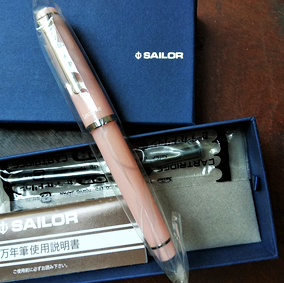
What is fascinating is the huge significance the fountain pen has on the lives of the Japanese. It is much more than an instrument for writing and is often seen as a symbol of personal identity. A fountain pen is frequently the gift of choice on graduation and employment – one that is carried religiously and used diligently every day. Viewed from this point, it is a symbol of the rite of passage and is held with tremendous emotional reverence.
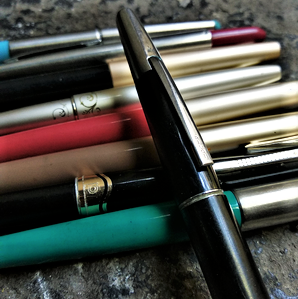
Naturally, the pens made in Japan reflect this reverence – going much beyond being mere examples of the Japanese obsession for technological advancement and mechanical excellence. As a matter of fact, Japanese pens are an extension of the sensibilities of the people – they are a canvas to give vent to their artistry, which can be witnessed in the Urushi lacquer work or the Maki-e (literally the “sprinkled picture”) among various others, for example. It will not be out of place to mention here that the life was breathed into the world dominating Nakaya pens by retired masters with the mission of creating the “perfect pen” for the individual’s hand. Not an ordinary task by any stretches of the imagination, especially for people who were past their prime physically. That is the level of Japanese reverence for the pen. Unmatched, as it is incomprehensible.
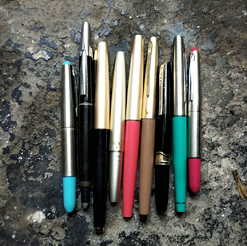
Then comes the point of obsession with mechanical or technological perfection. The steel wonder-pens with integrated nibs or the cap-less, vanishing point pens are cases in point. Not only are they domain dominating but are also, literally, creations that defy time. It will not be out of place to mention here that the 1911 (or even the 3776, though admittedly to a much lesser extent) is as cherished as any 4810 by connoisseurs around the world.
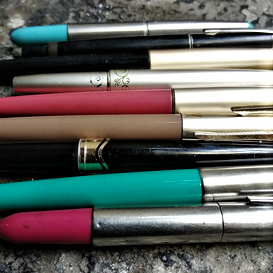
That Japanese pens write well – extremely well – need not even be mentioned, a globally accepted fact as it is. Yes, their nibs are on the thinner side, writing fine when compared to their western counterparts, but that too can be traced back to the polite softness of the Japanese psyche, not to mention the extremely complex calligraphic traditions of the land which call for such fine lines. There is another point that needs to be highlighted – the enormous amount of research and development that is undertaken by all the pen turners, “innovation” being synonymous with all pens Japanese. Now compere this with some Indian manufacturers who are stuck, as it were, in a time wrap so far as embracing the new is concerned? Let me leave it on you to draw your own conclusions?
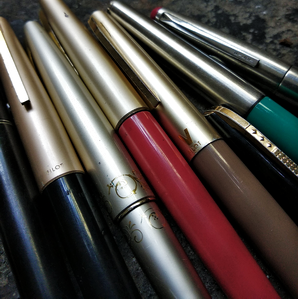
As for the size of the Japanese pens, “petite” is perhaps the word that best describe them in general. With small barrels and long caps, they can mimic the western cousins when posted, but are, in general a shade on the smaller side. In terms of weight too they tend to veer away from the heavy. I for one love them, though for bigger palms with fat and beefy fingers, they do pose an issue.

The Big Three of Japan – Pilot, Platinum and Sailor – are all creators of timeless elegance, pens that are paragons of functionality, last words in dependability. Heirlooms that are worthy of passing from one generation to the next. All three companies, despite their global presence and universal appeal are bearers of a fiercely Japanese value system, a soul that is as Nippon as the Mount Fujiyama. So are the inks that are made in Japan, well, largely at least.

But there are two things that still baffle me. Why are the Japanese, who are out there stretching the frontiers of technology, so visibly enamoured by the obviously archaic fountain pen? Secondly, how can they continue to straddle both ends of the spectrum – without compromising on anything: quality, style, desirability, performance, all inclusive – from the Preppy to the President? Phew, imagine that!
Whatever may the reasons be, point is, we lovers of fountain pens salute the Japanese ingenuity and creativity. Little wonder we carry Japanese pens the closest to our hearts, in our shirt pockets.
